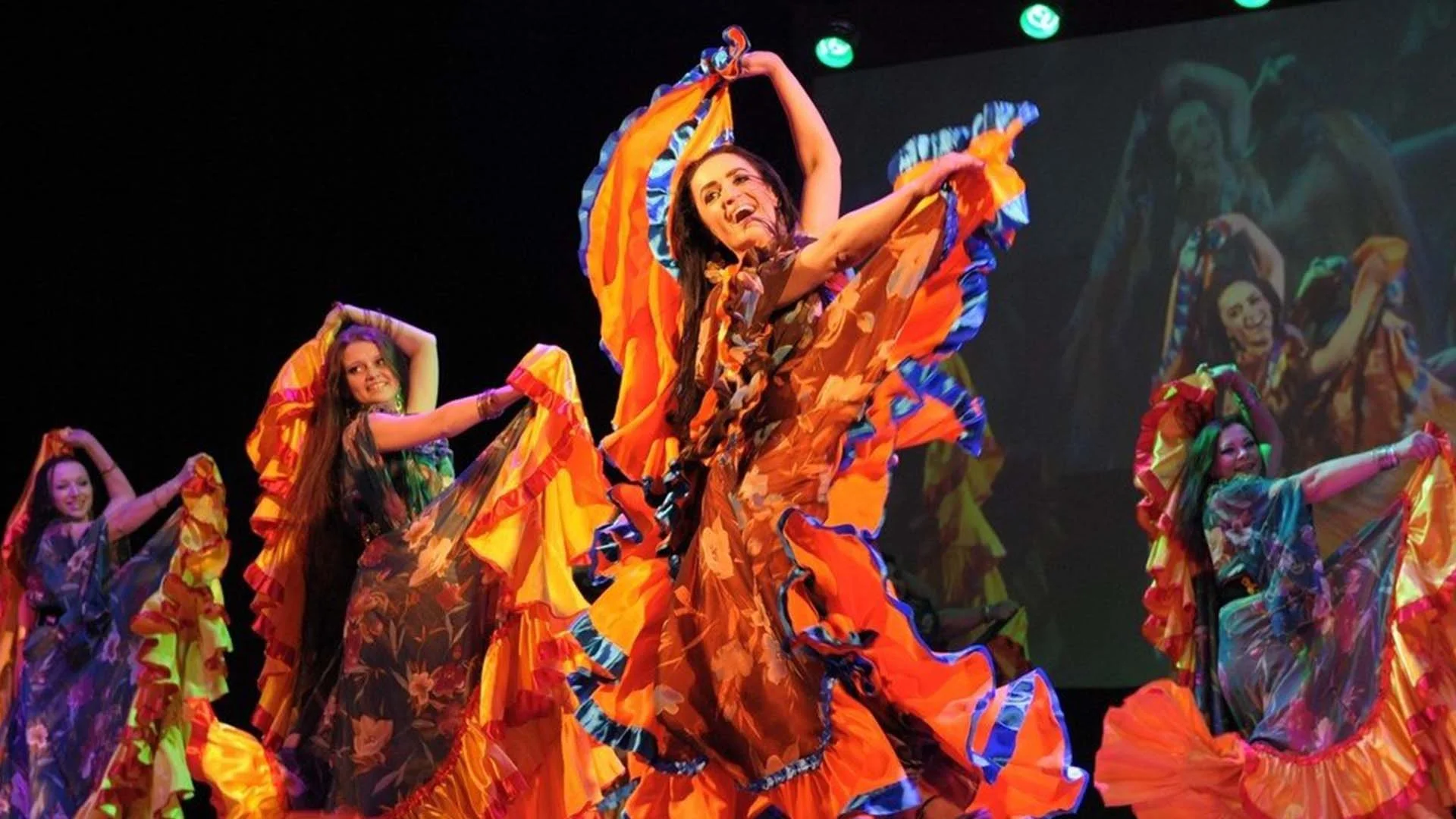Gypsy
At least once in our lives, we’ve all looked at Gypsy dances imagining ourselves in that fiery, mysterious and carefree whirlwind of a dance! Seems like no one can remain indifferent looking at this magical performance, your feet start tapping, your hands clapping, and before you know it – you start dancing…
Gypsy culture, and dance in particular, are a mix of different influences – Balkan, Celtic, East Indian and Arabic. Thanks to their nomadic lifestyle, Gypsies constantly enriched their culture. But they also greatly contributed to other cultures out there. Romale* (the name Gypsies call themselves) added to the richness of their own culture, by adding cultural elements from pretty much every country they visited and lived in. This, in turn, explains why almost all Ukrainian folk dance groups have gypsy dances in their repertoire.
The history of the Roma people has always been a very interesting but controversial topic. For a long time, historians believed that Gypsies originated from Egypt. But in 1855 another version was introduced. It stated the motherland of these nomadic people to be India. The ancestors of the Gypsies - vagabond musicians and singers - were untouchables. In the 5th century, due to strife between Indian principalities, Gypsies left India and travelled to the West, making a living doing dance and vocal performances. As they travelled, their ways of life and customs assimilated with those of the sedentary peoples. For example, the art of divination was ‘borrowed’ from the Greeks and their language was enriched by Persian and Armenian words.
Their dance art was most enriched by cultural traditions of the peoples where Gypsies resided the longest. This way, Spanish Gypsies contributed to the development of flamenco culture, Hungarian gypsies created the dance "Gypsy uhorka" (literally – the Gypsy Hungarian), which is known for its beauty and temperament, etc.
Among others, the history of a male Gypsy dance Verbunk or Verboonkosh is especially interesting. It is an analogue of the Lemko Csardas (or vice versa). Verbunk, same as Csardas, originated in Hungary. It was usually performed by recruits, leaving to serve in the army. The men stood in a circle, trying to do better than the others, doing high kicks, marching, clinking their spurs etc. All these moves were performed to the accompaniment of gypsy musicians. Gypsies “stole” this idea and filled the dance with unbridled savagery.




